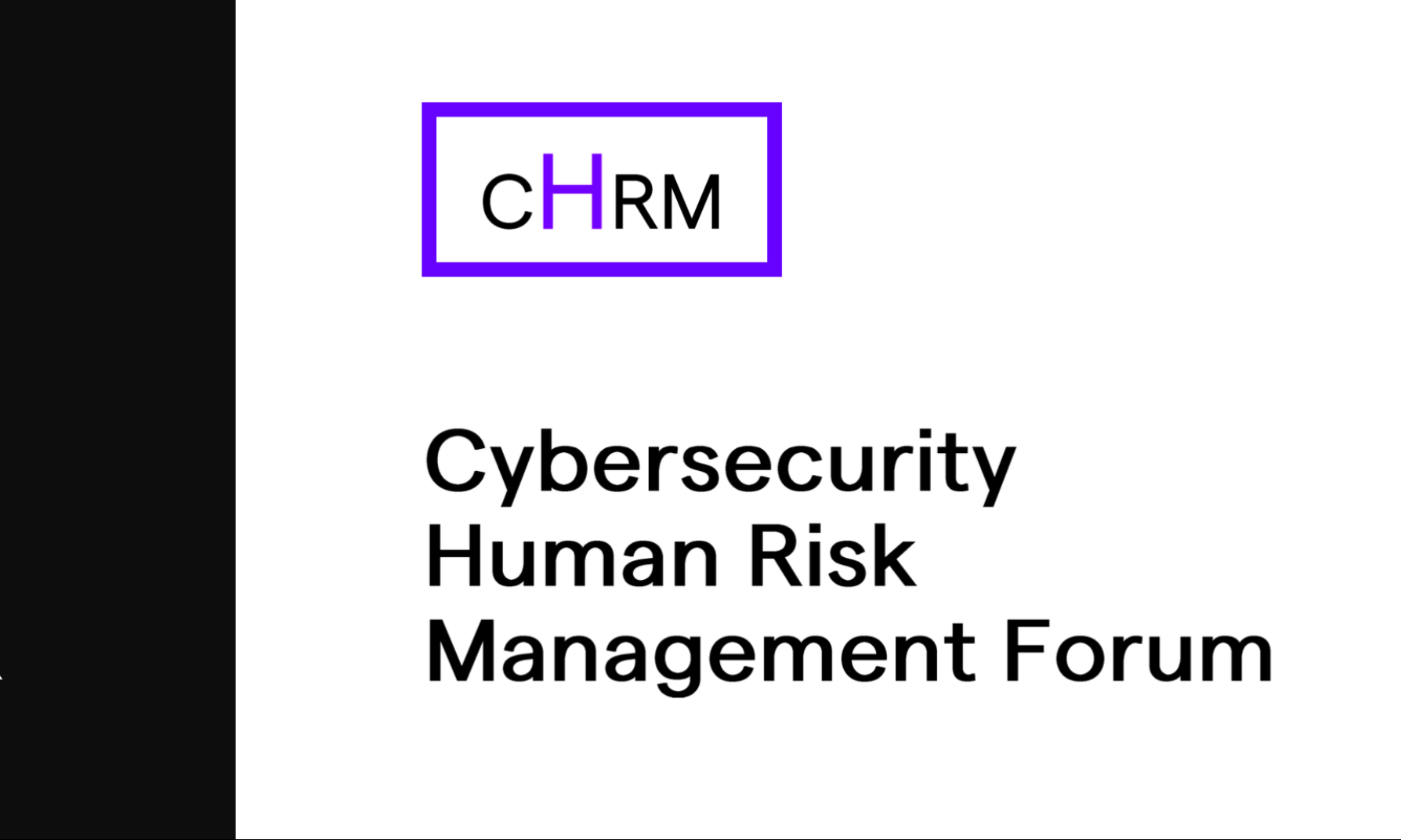In an incident that underscores the complexities of cybersecurity in the modern era, telecom giant AT&T found itself a victim of cyber extortion. Following a severe data breach where a hacker stole sensitive call records, AT&T opted to pay the perpetrator $300,000 to delete the stolen data. This decision has sparked considerable debate in the cybersecurity community regarding the ethics and effectiveness of such a response.
The Incident Explained
The breach began when a hacker managed to infiltrate AT&T’s systems and make away with call records, which are both sensitive and potentially laden with personal information. The company soon faced a dilemma: pay the hacker to delete the data and mitigate immediate risks, or risk the data being sold or made public, thereby compromising customer privacy and facing regulatory scrutiny.
After negotiations, AT&T decided to pay the hacker $300,000. This was done in the hope that the agreed-upon deletion of the data would protect their customers and avoid further damage. While this may seem pragmatic, it raises crucial questions about dealing with cybercriminals and the potential long-term ramifications of such agreements.
The Ethical Quandary
Paying a ransom to cybercriminals is a controversial approach. On one hand, it offers a quick fix to an urgent problem. On the other, it poses several risks and ethical dilemmas:
1. Encouragement of Cybercrime: By paying hackers, companies may inadvertently signal that cyber extortion is a viable and profitable line of work. This could lead to an increase in similar attacks, as cybercriminals perceive ransom payments as guaranteed gains.
2. Uncertain Outcomes: There’s no absolute certainty that the hacker will honor their agreement to delete the stolen data. Even if the data is deleted, there’s a possibility it was copied or sold before the deletion, leaving the company at risk despite the payment.
3. Legal and Reputation Risks: Engaging with hackers can lead to legal complications. In some jurisdictions, paying a ransom is not only frowned upon but may also be illegal. Additionally, if such actions are made public, they can damage the company’s reputation and erode customer trust.
Preventive Measures: Strengthening Cybersecurity
To avoid ending up in such difficult situations, organizations must adopt robust cybersecurity measures. Here are several steps that can help bolster security and minimize the risk of breaches:
- Comprehensive Cybersecurity Framework: Investing in a comprehensive cybersecurity framework is paramount. This includes advanced firewalls, intrusion detection systems, and encryption to protect sensitive data.
- Regular Threat Assessments: Conducting regular threat assessments can help identify vulnerabilities within your organization. Use these assessments to prioritize security enhancements and stay ahead of potential threats.
- Incident Response Planning: Developing and regularly updating an incident response plan is crucial. This plan should detail the steps to take in the event of a security breach, from initial detection to mitigation and recovery.
- Employee Training and Awareness: Human error is a common factor in security breaches. Regular security awareness training can help employees recognize potential threats such as phishing and social engineering attacks. Equip them with the skills to respond appropriately to suspicious activities.
- Multi-Factor Authentication (MFA): Enhancing security with MFA adds an extra layer of protection. Even if credentials are compromised, MFA can prevent unauthorized access by requiring a second verification step, such as a code sent to a mobile device.
- Regular Software Updates and Patch Management: Ensuring all software and systems are regularly updated is essential. Patch management helps close vulnerabilities that cybercriminals might exploit.
- Data Backup and Recovery: Implementing a robust data backup and recovery plan ensures that critical information can be restored in the event of a breach. Regularly test these backups to verify their effectiveness.
- Engage with Cybersecurity Experts: Collaborate with third-party cybersecurity firms for expertise and threat intelligence. These experts can provide valuable insights and support, helping to fortify defenses and respond to breaches promptly and effectively.
Long-Term Implications
The decision by AT&T to pay $300,000 to a hacker highlights the tough choices companies sometimes have to make in the face of cyber threats. While it might offer a quick resolution to an immediate problem, such decisions carry long-term risks and set a potentially damaging precedent for dealing with cyber extortion.
Ultimately, the best approach is a proactive one, where robust security measures and continuous awareness can prevent breaches and reduce the need for last-resort solutions. By investing in a comprehensive cybersecurity strategy and fostering a culture of security awareness, organizations can better defend themselves against the ever-evolving landscape of cyber threats.
Stay tuned for more insights into the complex and constantly changing realm of cybersecurity. Remember, forewarned is forearmed.






